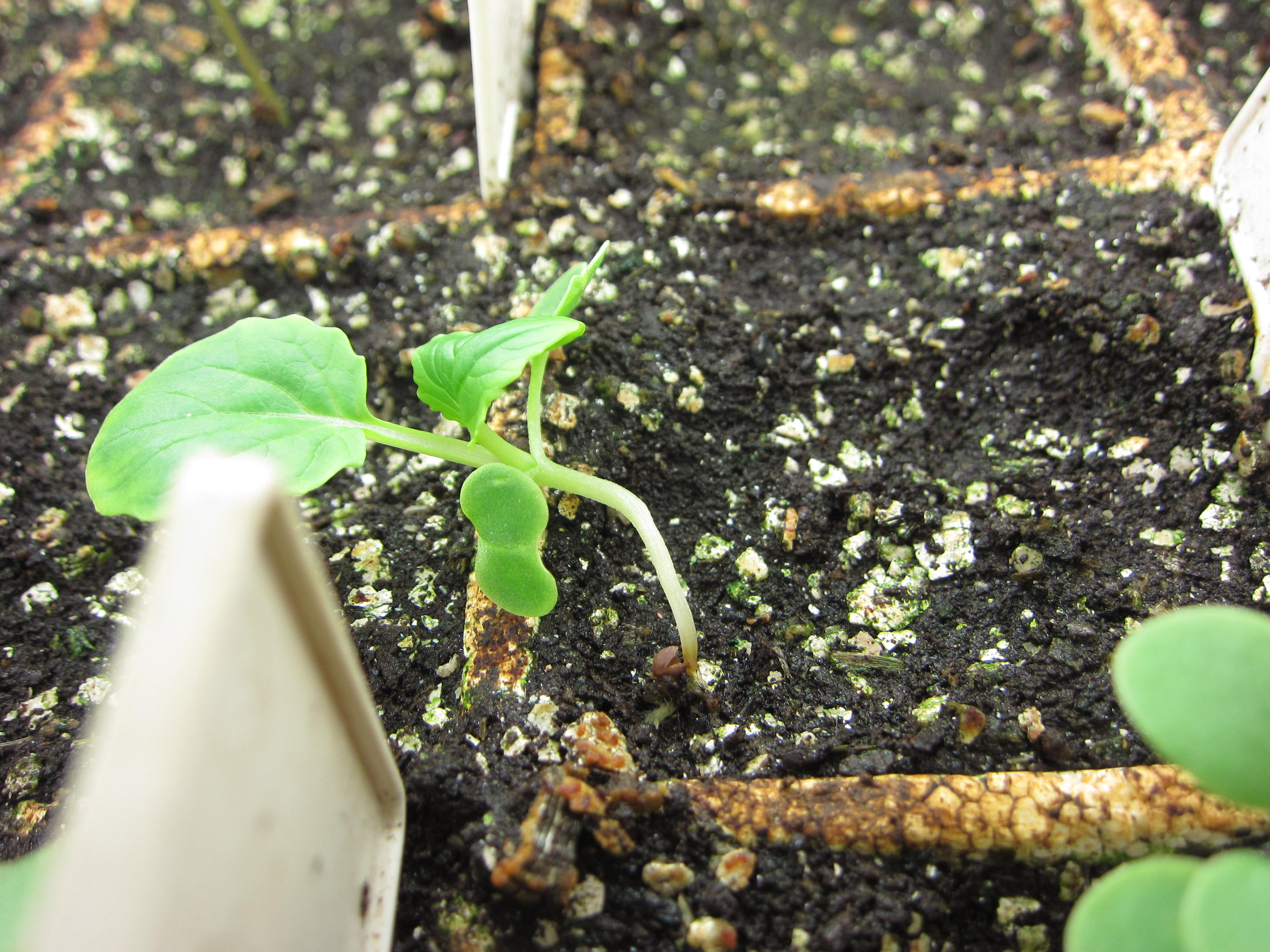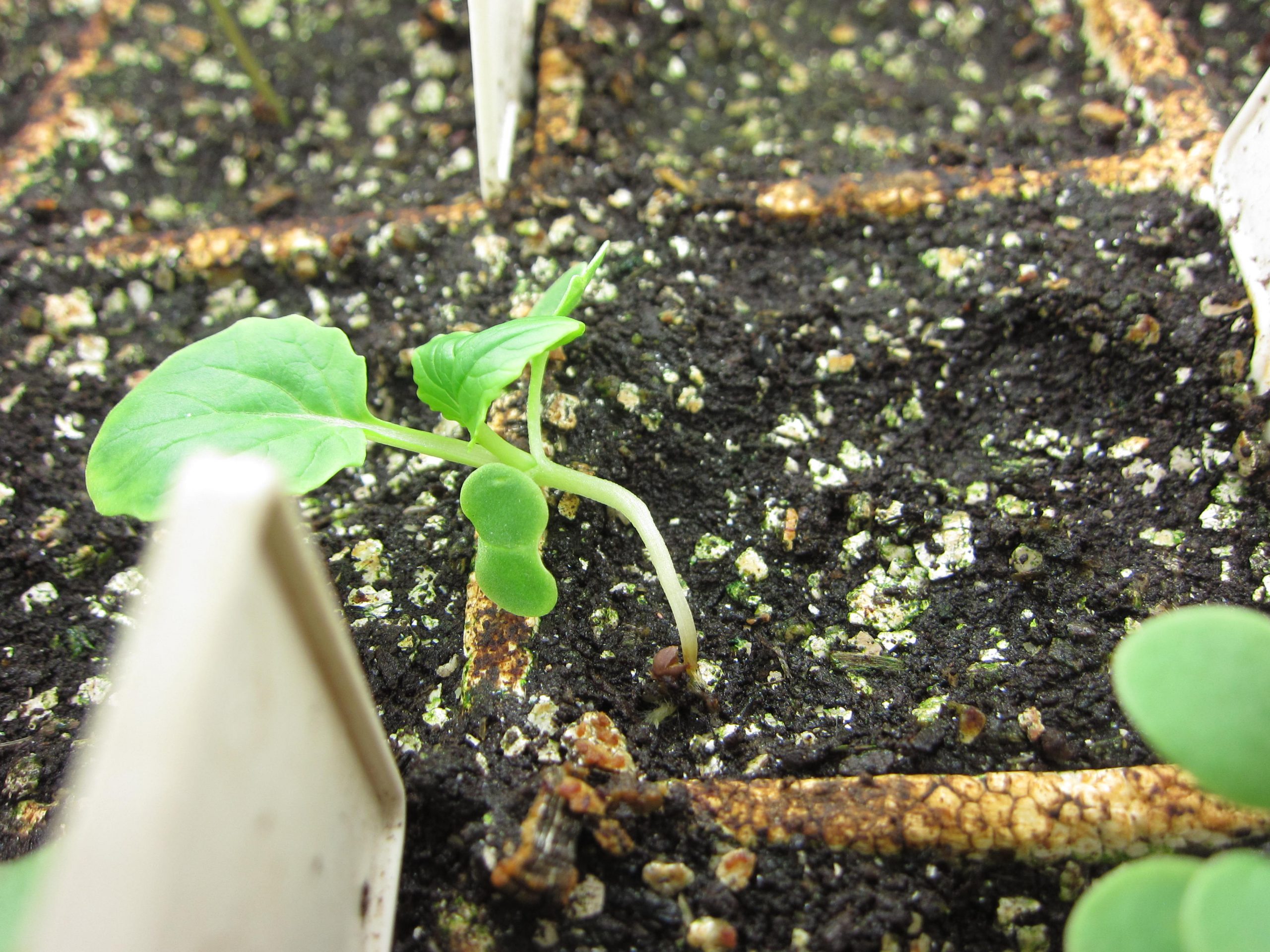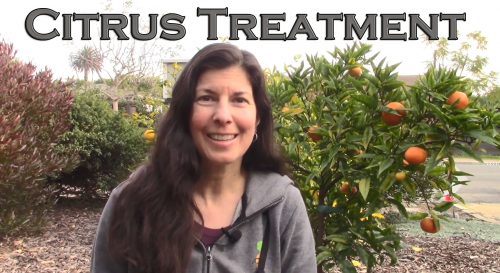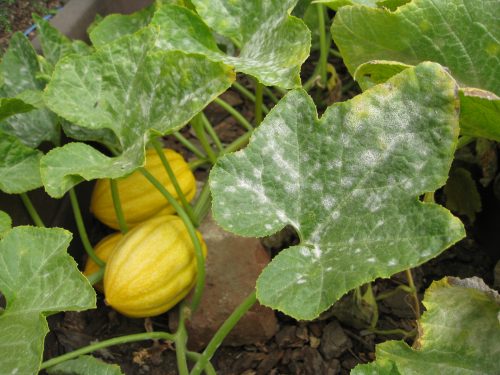The most exciting thing in the garden this time of year is the ritual of starting seeds for fall, but nothing bursts your bubble like damping off. What is damping off? It’s when seedlings are overtaken by a pathogen (a fungus or mold) that damages them to the point of failure. Let’s take a closer look.
Damping Off Sucks

When you put moisture, soil, and light together, you get germination. You may also get diseases. Damping off occurs under a number of conditions, but mostly when excess moisture and unsterile soil or seedling trays create an unhealthy environment for seedlings.
According to the University of Minnesota (UMN) Ag Extension, “The fungi, Rhizoctonia spp. and Fusarium spp., along with the water mold Pythium spp. are the most common pathogens responsible for damping off.” So here are a few tips to keep your seeding area free of pathogens this fall.
How to Prevent Damping Off
- Use new potting soil or seed-starting mix every time. Old soil can harbor pathogens from previous uses.
- Ensure good drainage, and don’t over water. Plants don’t like wet feet, and if seedling trays sit in standing water they may suffocate, weakening or killing the plant. Keep surrounding areas dry.
- Sterilize all equipment before use. That means seedling trays, capillary mats, tools, and plant markers. UMN recommends soaking your trays in a 10% bleach solution for 30 minutes.
- Air circulation is key. An oscillating fan not only helps build stronger stems, but it keeps air flowing through the area, making it less likely for molds and fungi to take hold.
Damping off can send even the best gardeners into a shame spiral, but remember that you can always start again if your seedlings have been claimed by disease. Chin up, wash up, and try again. Give seedlings the best environment to thrive and you’ll have a happy fall garden before long.





Pingback: Damping Off What to do? – Lisa Ellinger Blog